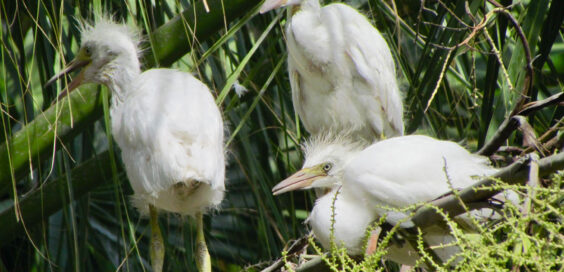
Creature Feature – Animal Siblings
Posted by Dustin Horton // August 1, 2023 // Articles, Creature Feature
Sibling dynamics vary widely in the wild, and from our human perspective, some behaviors seem “good” and others “bad.” Regardless of how we see things, for animals, survival is always the name of the game.
African Lions form sibling relationships that can last a lifetime. From the time they are very young, cubs play, wrestle and nap together. Later, as sub-adults, the brothers form an alliance and set off in search of their own turf; meanwhile, if their natal range provides enough food, the sisters stay together their entire lives in groups called prides.
After Mama drives them away during their second summer, some Black Bear cubs stick together during this confusing and traumatic period of their young lives. As they adjust to being without their mother, cubs can take comfort in the company of their siblings.
Recent research reveals that Asian Elephants influence their younger siblings both in early life and into later years. Survival rates increased for calves with siblings. Sisterhood among elephants is especially significant, as female calves with older sisters had higher long-term survival and reproduced an average of two years earlier when compared to those with older brothers. Meanwhile, male calves with big brothers had better survival rates.
Siblicide is a behavior exhibited in various species, particularly birds including Great Horned Owls, Snowy Egrets [photo] and Red-tailed Hawks, among others. Great Blue Heron eggs hatch over a period of several days, so nestlings are at varying stages of development. Older hatchlings frequently kill their younger siblings or shove them out of the nest. This deadly rivalry occurs most often during times of food scarcity; and as brutal as it seems, it serves a practical purpose that helps ensure the survivability of one or two youngsters to reach adulthood – for if two, three or four chicks must share limited resources, it’s possible that none will survive.
Sibling rivalry also presents in play. Red Fox kits begin play fighting from an early age. These antics help develop muscles, coordination, and future hunting skills as well as establish a hierarchy influencing which kit gets the most food. The pecking order is evident in foxes as early as one week old as they push one another aside to nurse. Sibling squabbles aren’t broken up by the adults, who, like some human parents, believe in letting their kids “work it out.”
Article & photo by Margie Manthey













